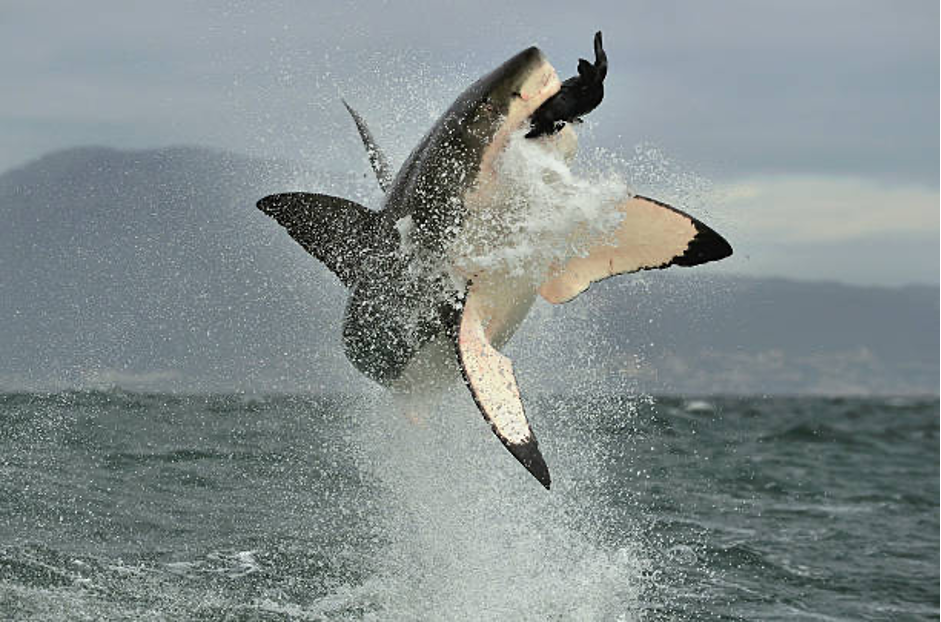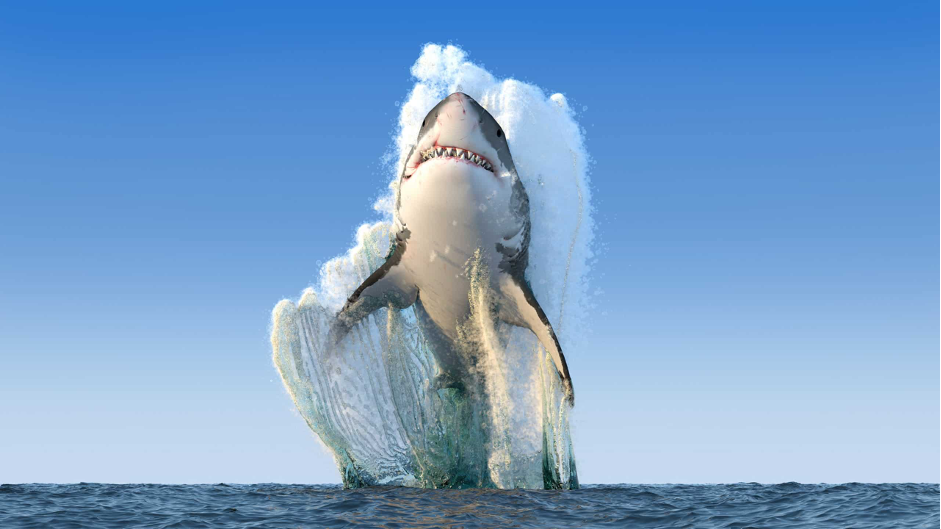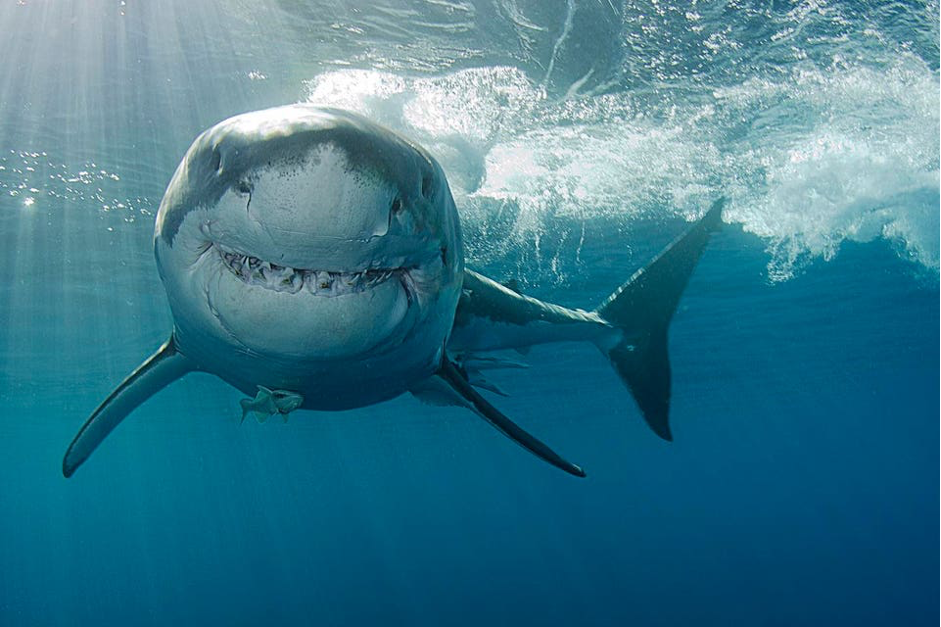By Fanis Michalakis,
Ever since the Jaws movie, there has been an increased fear of the ocean. One of the factors causing this phobia that skyrocketed after the release of the movie is sharks. Of course, the white shark (Carcharodon carcharias) is considered to be the most dangerous shark due to its aggressive nature, and its role in the film. So, many scientists have studied these creatures both for the social concern for the safety of the beaches and divers and for the biological approach to the matter.
Studying the white shark is not that simple. They are hard to find, usually rare, and highly mobile. Moreover, they can easily turn on the observer instantly, leading to serious injuries. Lastly, as they are wild creatures that live in the ocean, many studies have been conducted in an artificial environment, because the shark was lured to the food instead of actively seeking and hunting its (alive) prey. A great help to the studies has been the use of video recordings which biologists can analyze without risking one’s health and the footage can always be stored for later analysis. But since they are so rare, our testing sample is small, so we sometimes rely on theorizing to explain observations. These theories can later be debunked when more information is gathered, or new evidence is found.
The hunting behavior of the white shark is complex. Evidence suggests that it changes based on the prey, but it always involves multiple stages. The shark quickly approaches its prey from below and catches it, biting it and causing bleeding. The shark then drags the prey below the surface until it has bled out and then lets it go. The prey reaches the surface, and the shark goes to feed. In some cases, the prey might escape the first attack, so the shark attacks a second time and drags it until it dies. While sharks usually attack seals that can’t escape their jaws, sea lions are harder to kill because they can slap the shark to escape the first attack and they are harder to bleed out.

Typically, the shark bites a piece of its prey during the attack, but sometimes the prey remains intact, and the shark never proceeds to eat it. So, here is the question: how does a shark decide its meals? One possible factor is the freshness of its prey since experiments with rotten flesh show that although the shark approaches the carcass to examine it, they never eat it. Another factor might be the physical characteristics of the object, such as shape, size, and color. However, there is no direct correlation between the rate of attack and the appearance of the prey. We are not sure about the shape yet, the size of the prey is naturally different between the species and is affected by the age of the animal. As for the color, since white sharks attack from below, they see their prey as silhouettes, so the color shouldn’t affect them. Tests suggest that the fat content of the animal makes it prey. It would make sense, considering that both sea lions and seals have increased fat percentages. At the same time, other animals, like humans are leaner, and it would make sense that the shark would prefer fattier animals since they are more energy efficient.
Another interesting behavior happens during the feeding. After the kill, if there are two sharks in the same area, they can contest for the prize. Despite their reputation as vicious killing machines, white sharks don’t fight. Instead, they flop their tails at the surface of the water at each other. The winner is the one who splashes the other more frequently, and the loser leaves the scene. Another way of fighting over food is by breaching, meaning that the sharks thrust their body out of the surface, with more than half of their body out of the water in some cases.

Today, white sharks have been assessed as Vulnerable (VU) in the IUCN Red List. The primary cause is fishing, with sharks getting caught in the nets accidentally. In the Mediterranean specifically, it has been classified as “Critically Endangered” (Cr) on a “local” scale because the Mediterranean is a closed sea, so the individuals are trapped with no way out.
Every year there are several attacks recorded by sharks. The numbers are low, ranging usually around 70, with last year being towards the lower end, with 47 attacks recorded. Out of the 47 attacks, only 5 were fatal. These numbers refer to all species of shark, meaning the chances of a shark attack are low, let alone a white shark. There are instructions online on how to avoid shark attacks. These essentially boil down to 3 things; avoid going in the water if you are not certain that there are no sharks nearby, avoid splashing as the movements and splashes attract sharks, and don’t wear anything that can attract sharks. The latter includes uneven tanning, because the contrasting colors may draw attention, and reflective jewelry because they resemble fish scales.
References
- Klimley, A. Peter. “The Predatory Behavior of the White Shark.” American Scientist, vol. 82, no. 2, 1994, pp. 122–33.
- John E. Randall, Size of the Great White Shark (Carcharodon).Science181,169-170(1973).
- White Shark. iucnredlist.org. Available here
- The ISAF 2022 shark attack report. floridamuseum.ufl.edu. Available here
-
How to Avoid a Shark Attack. floridamuseum.ufl.edu. Available here




